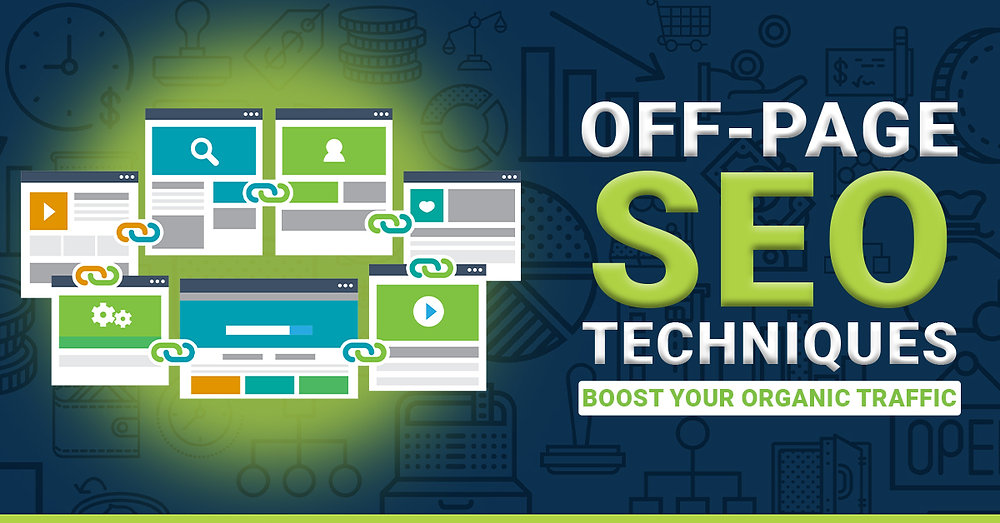On-page SEO (Search Engine Optimization) refers to the techniques and strategies used to optimize individual web pages to rank higher in search engine results and attract organic traffic. Unlike off-page SEO, which involves external factors like backlinks, on-page SEO focuses entirely on optimizing elements within your website. Effective on-page SEO can significantly improve your site’s visibility and user experience. Below is a detailed explanation of essential on-page SEO practices.

The title tag is one of the most important elements for on-page SEO. It’s the clickable headline that appears in search engine results and browser tabs. A well-crafted title tag helps search engines understand the content of your page while enticing users to click on it.
– Best Practices:
– Keep the title under 60 characters to ensure it displays correctly in search results.
– Include the primary keyword near the beginning.
– Make the title compelling and relevant to the content.
– Avoid keyword stuffing; keep it natural and readable
The meta description is a short summary of the page content that appears beneath the title in search results. While it doesn’t directly influence rankings, a well-written meta description can increase click-through rates (CTR), which is a ranking factor.
– Best Practices:
– Write a concise and engaging description (150-160 characters).
– Include the target keyword.
– Make it action-oriented and relevant to the user’s query.
– Ensure it accurately reflects the content of the page.
3. URL Structure
A clean, descriptive URL structure is vital for both user experience and SEO. Search engines and users prefer URLs that are easy to read and understand.
– Best Practices:
– Keep URLs short, descriptive, and relevant to the content.
– Include the target keyword in the URL.
– Avoid using unnecessary characters like numbers or symbols.
– Use hyphens (-) rather than underscores (_) to separate words.
4. Header Tags (H1, H2, H3, etc.)
Header tags organize your content into sections, making it more readable for both search engines and users. The H1 tag is typically reserved for the page title, while H2 and H3 tags are used for subheadings.
– Best Practices:
– Use only one H1 tag per page, which should include the primary keyword.
– Ensure your website is responsive and adjusts well to different screen sizes.
– Test your site’s mobile usability using tools like Google’s Mobile-Friendly Test.
– Optimize touch elements like buttons and navigation for mobile devices.
– Ensure fast load times on mobile devices, as speed is a ranking factor.
10. Page Speed Optimization
Page speed is a critical ranking factor for both desktop and mobile. Faster pages provide a better user experience and are more likely to rank higher in search results.
– Best Practices:
– Use tools like Google PageSpeed Insights to analyze and improve page speed.
– Minimize HTTP requests by reducing the number of elements on the page.
– Use caching and a content delivery network (CDN) to speed up load times.
– Optimize images and code (minify CSS, JavaScript, and HTML).
11. User Experience (UX) and Engagement
A great user experience (UX) keeps visitors on your site longer and encourages them to interact with your content, which signals to search engines that your page is valuable.
– Best Practices:
– Design a clean, easy-to-navigate website.
– Ensure your site is easy to read, with legible fonts and sufficient contrast Content Writing.